Objective: To increase Medicaid enrollment, insurance enrollment, and enrollment in community patient assistance programs in order to help Urban Indians attain optimal health and coverage.
Description: Many Urban Indians work and are not eligible for Medicaid, yet they still cannot afford medical insurance or medical bills. Some people are not aware of the programs that are available . Many individuals are embarrassed to ask for help, feel they are discriminated against, have problems with transportation, are computer illiterate, have reading difficulties, and many get confused and overwhelmed with public health offices and programs.
A Social Service Specialist was hired to help clients follow through with applications for Medicaid and patient assistance and to help client’s access to social services. The patient advocate and medical clinic provide outreach, referral, and education. The patient advocate maintains a relationship with clients and walks them through applications and the process. The Social Service Specialist is located at clinic and does some outreach within the community. This new position has more responsibilities and performs more in-depth outreach than the patient advocate.
The clinic is constantly screening and identifying client obstacles and needs in order to make appropriate referrals.
The clinic has learned that written and verbal education does not work alone, since many individuals become overwhelmed and confused without outreach and individual support. This activity is working because the Patient advocate is on site and available to help get the process going. There is a contact person to find out what barriers an individual is facing and walk them through the process. Once people become engaged it is much easier to keep them engaged. Patients are learning that they can call and get help and the process is much easier. This encourages people to come in and apply which in turn increases rates of enrollment
Results: There has been an increase in patient enrollment in Medicaid, Medicare and patient assistance programs due to more applications completed and the willingness to seek out help and assistance.
Population of Focus: American Indian or Alaska Native, Adults, Adolescents, Children, Elderly, Transition aged, Women
Setting: Community health center, Primary care facility, Urban
Level of Intervention: Family, Individual
Resources/Qualifications Needed: The cost includes wages for advocates, training supplies, office space and administration. The activity was funded by Helena Indian Alliance funds, grants and programs, but more funding is needed to improve the program. The Social Service Specialist and medical clinic is responsible for implementing the program. Newsletters, brochures, outreach presentations/ materials, and Facebook have been created as resources that can be used for replication.
Partners: Community agencies that can help identify clients and to connect them with appropriate services.
Contact
Destiny Freiburg, Social Service Specialist
Helena Indian Alliance
406-442-9244
destiny@helenaindianalliance.com
435 N. Last Chance Gulch, Helena, MT 59601
www.helenaindianalliance.com
